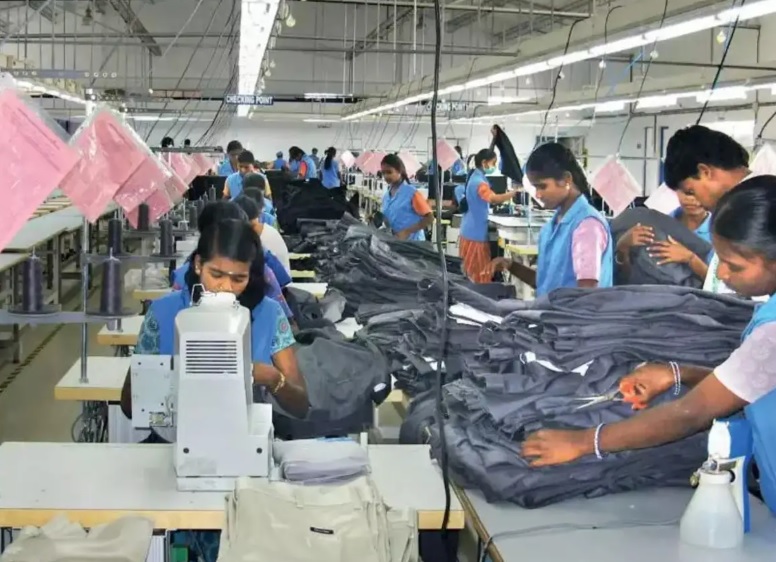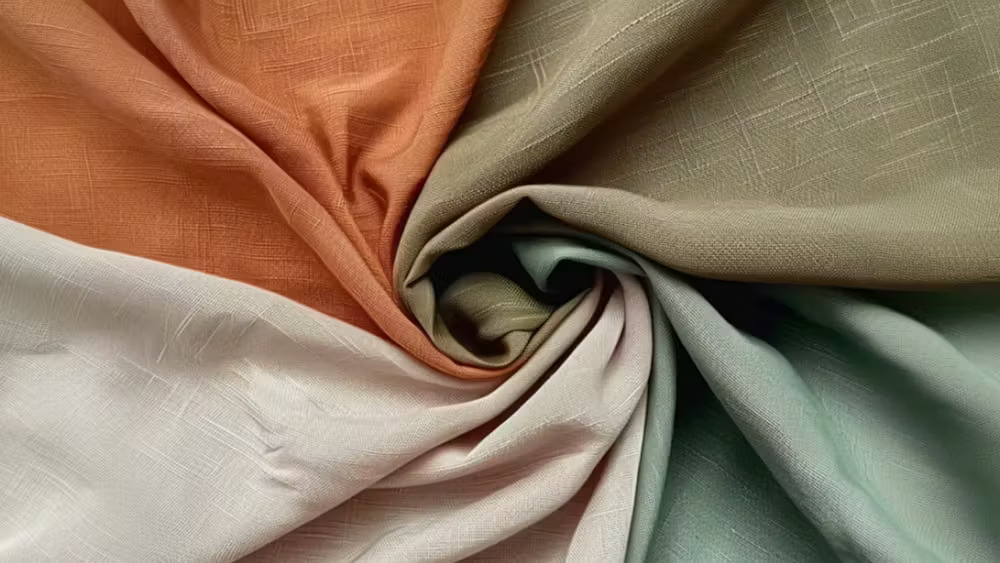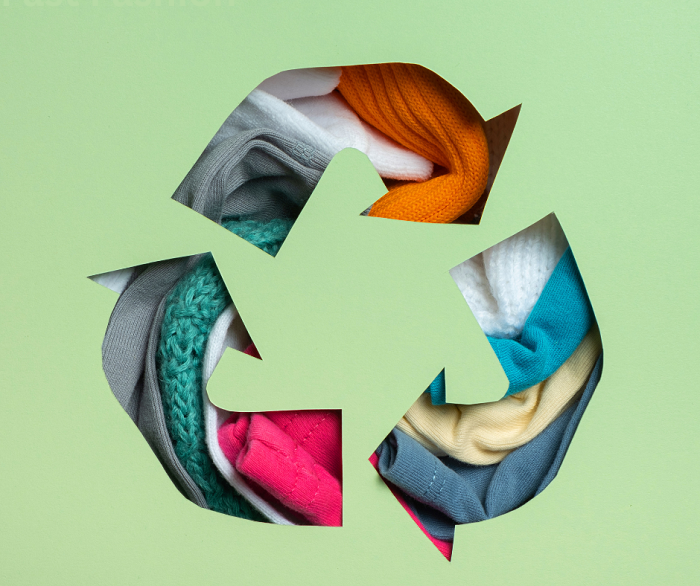FW
The Ethisphere Institute honors companies that excel in three areas: promoting ethical business standards and practices internally, enabling managers and employees to make good choices, and shaping future industry standards by introducing tomorrow’s best practices. And for the sixth time, H&M has been recognised by the Ethisphere Institute as one of the world’s most ethical companies.
Ethisphere has developed a framework over years of research to provide a means to assess an organisation’s performance in an objective, consistent and standardised way. The information collected provides a comprehensive sampling of definitive criteria of core competencies rather than all aspects of corporate governance, risk, sustainability, compliance and ethics.
Scores are generated in five key categories: ethics and compliance program (35 per cent), corporate citizenship and responsibility (20 per cent), culture of ethics (20 per cent), governance (15 per cent) and leadership, innovation and reputation (10 per cent) and provided to all companies who participate in the process.
Ethisphere is the global leader in defining and advancing the standards of ethical business practices that fuel corporate character, marketplace trust and business success. Companies honored have historically out-performed others financially, demonstrating the connection between good ethical practices and performance that’s valued in the marketplace.
ethisphere.com/
Everest Textile, a company in Taiwan, has championed intelligent automation since 2014. It is the first smart textile firm in Asia employing big data, cloud computing and smart networking technology to re-engineer operations. This upgrade is expected to raise Everest’s production efficiency by 30 per cent while eliminating 30 per cent of manual labor processes by year-end. Everest expects to fully recover its capital outlay in 18 months.
In addition to quantifiable benefits, the company is turning out a new breed of employees adept in the latest automation technologies. This is opposed to traditional textile mills using foreign workers for routine tasks such as operating equipment and maintenance.
These advantages will ensure Everest remains at the head of the pack in the functional fabric sector and differentiate itself from competitors, especially those from mainland China. Responsible environmental practices are another important plank in Everest’s business model. The company has adopted energy saving measures and converted manufacturing facilities into green buildings. Its annual energy consumption has dropped 27 per cent.
Everest remains confident it can continue to enjoy global competitiveness on the strength of superior business know-how and product quality. It is committed to working with its clients for the best solutions. Such a farsighted business approach makes it stand head and shoulders above the rest.
www.everest.com.tw/
With a view to enhancing the country’s exports, Pakistan will give the value-added textile sector top priority. Pakistan is also considering restoring the tax-free facility for five zero-rated sectors, including textiles, from the next fiscal year. In terms of quantity, exports of some textile products from Pakistan have increased. However, in value terms, these have showed negative growth due to the declining price trend globally.
Power tariffs have been cut to support the textile industry and further benefits are likely. Exporters have been urged to produce high value-added products for better growth of the country’s textile exports. In Pakistan’s textile sector, readymade garments are the only products whose exports are growing.
The country's cotton production declined last year due to climate changes. With steps now being taken toward enhancing cotton production, some positive results are expected in future. Efforts are being made to clear refund claims of the textile sector. Meanwhile Textile Asia is being held in Pakistan, March 9 to 11, 2016. This is meant to promote value-added machinery in the textile sector. Some 550 delegates from 27 countries are participating.
The exhibition brings textile and garment machinery, accessories, raw material supplies, chemicals and allied services under one roof.
Ahilan Anantha Krishnan from Indian Institute of Technology Bombay and Himel Barua, a student at the University of Akron along with his team mates - two people of Indian origin - are among top three individual and team winners of the NASA Space Suit Textile Testing Challenge that aims at creating new concepts for protective suits for future exploration missions.
Recently, NASA announced the winners of two competitions: Space Suit Textile Testing Challenge, in which the two Indians won; and In-Situ Materials Challenges - aimed at creating new concepts for construction and human habitation on future space exploration missions, including the agency’s journey to Mars. Both Indians won prizes in the Space Suit Textile Testing category which offered three prizes of $5,000 each for winning ideas on how to test the outer protective layer of spacesuit material for performance in different kinds of planetary environments, such as like Mars or large asteroids.
While, Krishnan won the prize for his for his proposal on evaluating space suit textile abrasion in planetary environments, Barua and his team mates got the prize for their proposal of a cylindrical abrasion method. These two challenges, managed for NASA by global innovation firm NineSigma, launched in October 2015 under the umbrella of the NASA Tournament Lab, yielded innovative concepts for spacesuit testing and in-situ building materials use for habitat construction.
The Dutch clothing sector is taking up the fight against child labor, poor working conditions and low wages in developing countries like Bangladesh. This initiative is intended to reassure Dutch consumers that their clothing has been made responsibly. Issues like child labor, forced labor, a livable wage, safe working conditions and animal welfare will be addressed. From now on stores will follow their T-shirts all through the process – from cotton picking till shelf – to make sure that none of the above mentioned violations are involved. If there are any violations, companies have to intervene to improve conditions.
The Netherlands is not only one of the largest buyers of Bangladeshi garments but it also provides duty-free market access to Bangladesh. The Netherlands had earlier also resolved to support Bangladesh in getting a fair price for its largest exported commodity, apparels, in international markets.
In fact the Netherlands is the coordinator of donor efforts to improve working conditions in the Bangladesh textile sector. Trade relations between the Netherlands and Bangladesh range from agricultural products and services (food and live animals) to industrial products and services (chemicals, machinery, manufactured, miscellaneous). However, almost 85 per cent of Bangladesh’s exports to the Netherlands are garments in the textile and textile articles category.
Indo Inter Tex will be held in Indonesia from April 27 to 30, 2016. This is a textile, garment machinery and accessories exhibition. The textile industry is a driving force for Indonesian economy. In recent years, there has been an overall modernisation of existing technology. However, further investments are required on the part of Indonesian manufacturers to allow them to establish themselves fully in world markets and increase the country’s global share of exports in the textile and garment sector.
Italian textile machinery manufacturers will have a significant presence at the exhibition. Italy believes Indonesia is an important Asian market. Ten Italian machinery manufacturers will be exhibiting. Italian manufacturers believe that the Indonesian market is full of potential and ready to develop business opportunities. Among the companies participating are Carù, Crosta, Durst, Fadis, Ferraro, Monti-Mac, Pugi Group, Testa, Textape and Triveneta.
Italian machinery worth roughly 24 million euros was sold to Indonesia over the first eleven months of 2015. Italy conducts many activities aimed at promoting the Italian textile machinery sector in Indonesia. Among these are technology workshops in Indonesia’s primary textile manufacturing districts, participation in local trade fair events and tours of Italy for Indonesia’s textile operators.
indointertex.com/
India may allow online sales of Chanderi fabric. Most producers and artisans of GI products in India severely lack the wherewithal and the capacity to undertake post-registration activities for marketing and brand building of their products.
India enacted the Geographical Indications of Goods (Registration and Protection) Act in 1999 and 228 products had received GI registration by March 2015. However, there is now a feeling getting GI registration is not enough and efforts need to be made to help producers leverage GI as a marketing tool. E-commerce is seen as a way to enhance the reach of India’s GI products and eliminate middlemen to allow producers to sell directly through their own portals, with support from the government and tie-ups with other online retailers.
Lack of producer or artisan database, proper monitoring of quality, compliance and low levels of online presence or e-marketing initiatives are seen as reasons for inadequate marketing and branding of these products. However, there are challenges in online tie-ups. Before such tie-ups are finalised, it would be necessary to ensure production of sufficient inventory which can be a big challenge due to limited production capacity and working capital. An online retailer may need ready stock of 500 to 1000 units of each item but producers may not have so much stock as they don't have the working capital.
USDA’s Agricultural Outlook Forum released Preliminary projections for 2016-17 marketing year. US cotton planted acreage is projected at 9.4 million acres, or nearly 10 per cent above 2015. Cotton planted area is expected to rise due mainly to a return of area prevented from being planted last season as a result of wet conditions.
US domestic mill use is projected unchanged from 2015-16. US cotton exports are projected at 10.7 million bales in 2016-17, an increase of nearly 13 per cent, due to expectations for higher US exportable supplies and relatively tight foreign stocks outside of China.
The USDA Outlook said world cotton production is expected to rise 4 per cent to 105.5 million bales. Area devoted to cotton is projected to remain about even with 2015, while yields are expected to recover from the adverse weather and pest problems that affected global output in the preceding year, notably in Pakistan and India.
According to USDA, world trade in 2016-17 is projected at 35.0 million bales, the same level as 2015-16. China’s imports are also projected even with 2015-16, but Pakistan’s imports are likely to fall sharply as domestic production recovers. Overall world stocks are expected to fall five million bales to 99.0 million in 2016-17, but global stocks will remain well above historical levels. The projected decline in China’s stocks more than accounts for the global reduction. As a result, stocks outside of China are projected to increase marginally.
Union Ministry of Textiles is looking at countries like Australia, CIS, including Russia and Africa, to boost exports through bi-lateral agreements as free trade agreements (FTAs) with major countries in Europe and US getting delayed. This comes on the back drop of the ministry's target of doubling textile exports in the next 10 years from the current level.
However, the challenge remains lack of FTAs, credit availability and old labour laws, which currently puts India at competitive disadvantage, according to the textiles secretary Rashmi Verma. Textile export target for 2015-16 was $47.5 billion. Till December, export clocked was around $32 billion.
Last year, textile export was around $42 billion, large of part of it cotton and yarn, said Alok Kumar, Union Development Commissioner (handlooms) adding that current global environment is challenging. Verma added since India doesn’t have FTAs with US and EU, the textile sector is at big disadvantage compared to Bangladesh and Vietnam. They are exporting at zero duty, while Indian exports subject for 10-14 per cent.
Meanwhile the Textile Ministry also requested the Finance Ministry to give some kind of tax incentives to the weavers to make this sector attractive. The suggestion includes offering tax holidays and interest subvention among others.
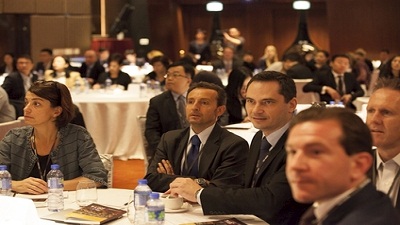
The 11th Prime Source Forum (PSF) is ready to take off from March 14-15 in Hong Kong. The organizers sat, the event will continue to sustain its position as the annual meeting place for senior executives to discuss the challenges and opportunities that stakeholders across the global fashion supply chain are facing in the industry.
In its 11th year, PSF the leading global event will once again bring together executives and senior stakeholders from the apparel and footwear supply chain. This year, Ethiopian Minister and Special Advisor to the Prime Minister Arkebe Oqubay will be the keynote speaker at the PSF. Fellow keynote speaker Tino Zeiske, Senior Vice President for Corporate Responsibility at Metro Group will share his perspective on sustainable development in the fashion industry following the G7 Summit and COP21.
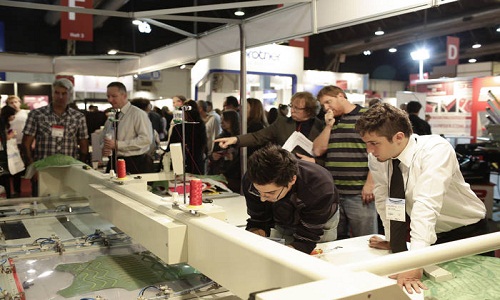
The US-driven TPP unites 12 countries to grow rapport across the Pacific
while the China-led Belt Road initiative to strengthen the trade relation extends beyond the Silk Road routes. These two regional projects are certainly ‘mega’ enough to create disruptions over the supply chain. Christian Ewert of the Foreign Trade Association will take the lead to ignite the panel discussions regarding the opportunities and challenges behind the scene.
Among the other topics, including strategic tool to weather the turbulent manufacturing conditions and innovative ideas against the disruptive situation of the fashion supply chain are to be explored. Professional advice to mitigate the risks and provide competitive advantage will also be one of the highlights of the two-day Forum.







